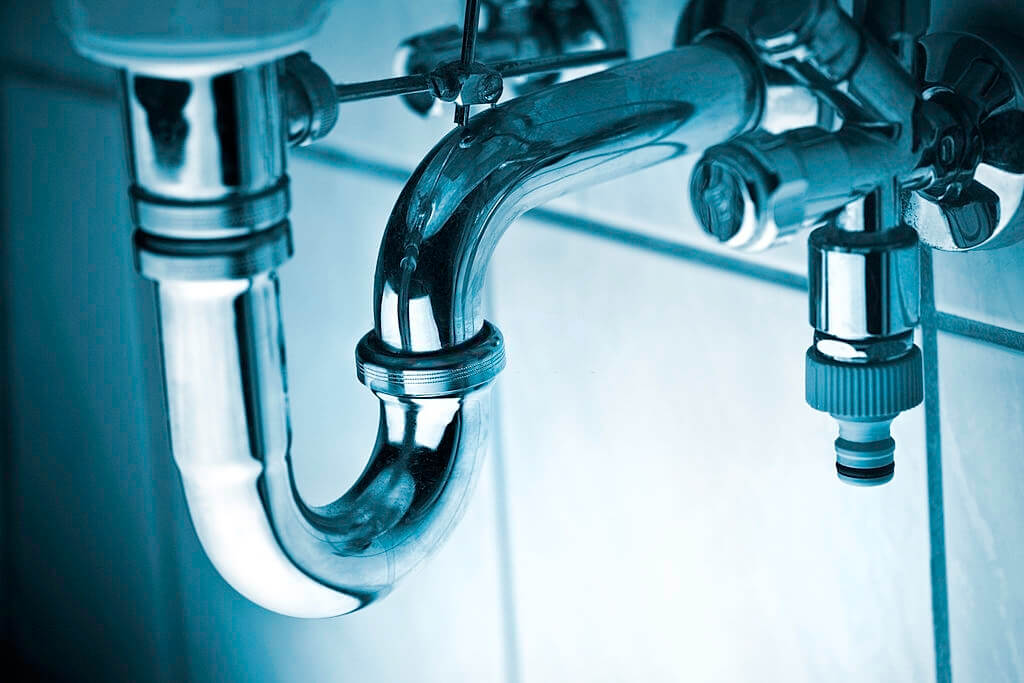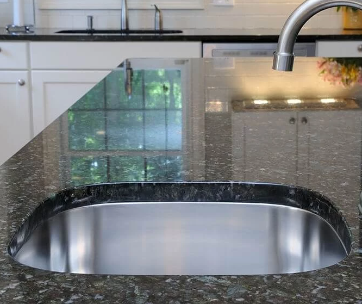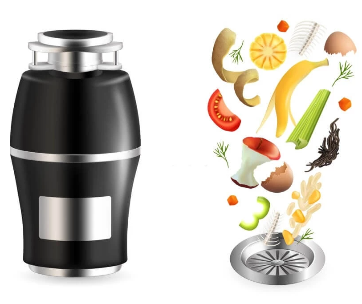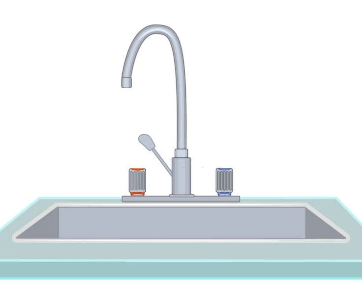If you are a homeowner, then chances are you have quickly learned that calling for a professional plumber is always best for fixing your drainage. However, you might be surprised that homeowners can do some simple repairs. All it takes is having knowledge of the basic principles in the sink and drain plumbing and putting it into action.
As such, we have sought to make homeowners aware of what makes up their home drainage system and the basic principles of such systems.
What Are the Basics of Plumbing?
Learning the basics gives homeowners an understanding of the pipes and drains, making the repair process less overwhelming. So, to understand the basics of plumbing, let us dive straight into it.
Although complex, home drainage and plumbing is a straightforward system of pipes and valves running through the house. Depending on the design, your home plumbing system will consist of:
- A water supply system
- A drain-water vent system
The Water Supply System
The water supply system comprises pipes layered to bring fresh water into your home from the primary source. Often, the water supply system can source the freshwater from:
- Local town water supply
- Underground sources such as boreholes and wells
The local water system supplies your house from the main pipe that runs parallel to the street lane. You will only have to connect to the mainline and get a water meter to control the water supply into your home.
If you lack a supply from the town water supply, you can opt to have your freshwater sourced from underground sources such as wells and boreholes. However, sourcing your freshwater from underground will need you first to pump the water at high pressures into the house. The pumped water will reach the most elevated and furthest parts of the house water system with high pressure.
Drain Water Vent System
The drain water vent system makes up the central interior system comprising of components such as the:
Drainpipes
Drain pipes consist of pipes underneath that rely on gravity to relocate water away from your home fixture and into the sewer line. The idea is to strategically layer these drain pipes to use gravity to the pipes' advantage and channel all wastewater. As such, you have to consider that drain pipes must be engineered in angles to allow for adequate flow using gravity. The lines also have to be bigger than the average for the water supply system to avoid blocking when carrying waste.
Drain vents
Without the drain vent system, the efficiency of the whole Drain water vent system becomes less efficient. Why? The drain vents help release air into the primary plumbing system, facilitating the waste's smooth drainage. Take as a sort of breather for your wastewater system to flow effectively. Therefore, any damage or defective vent system is a definite letdown to the whole drainage's efficacy.
Drain traps
The drain traps in the DWV system come as U-or J-shaped pipes, which prevent the possible backflow of wastewater back into the drainage. Also known as P traps, these pipes also come in handy your system needs to hold water consistently along the sewer line. Thanks to the pipes' curvature, the DWV system can have a drain trap to prevent sewer gases from flowing back into the house. Other debris such as hair, grease, or dirt sediments are also held at the drain traps. Once complete, homeowners can then clean out the plugs and remove any debris causing clogging.
Clean-outs
Drain cleanouts are another practical component of your drain water vent system. For beginners, a drain cleanout helps locate a drainage problem by providing access to the sewer line whenever necessary. The typical drain cleanout would look like a capped pipe sticking slightly above the ground, either at the front or backyard. Once there is a blockage or backed drain, a professional plumber would identify the problem by running a special camera inside the cleanout. The result is less work potentially digging up the whole sewer system due to a backed-up portion of the drain.
Stop valves
Stop valves are essential since they allow you to control the flow of water and sewer through the drainage water vent system. This comes in handy when repairs or upgrades are necessary since you can turn off the flow through the sewer lines. The stop valves can be quite large depending on the flow, but others can match the household. In addition, the valves also operate in either of the following ways.
- A solid internal component rotates to block or allow the flow of sewer waste.
- A stem with a washer or seal squeezes down the pipe drain to stop or open the flow of waste drainage.
Whatever the case, these stop valves work to help handle and control what flows through the drain system and when.
Plumbing System.
Aside from the water supply and drain water vent system, the home plumbing structure focuses on the following areas.
- The Bathroom plumbing system
- The Kitchen plumbing system
Bathroom plumbing System
The bathroom plumbing system is a complex mix of drains involving showers, sinks, toilets, bathtubs, and even bathrooms. As such, the bathroom plumbing structures combine a water supply system plus a drain waste vent plumbing. Inside, the water supply plumbing delivers the hot and cold water to all fixtures inside the bathroom. This could be water supplied from the local municipal supply or fresh water sourced from the underground supply. The water goes through the meter, then through a heater which separates into two lines- one for the cold water and another to deliver the hot water.
On the flip side, the drain-waste-vent system collects the bathroom's wastewater from the toilets and other fixtures. The system then delivers this sewer water into the septic system or sewer drainage. Adding the vent system would guarantee that your bathroom plumbing is well ventilated and has good drainage along the pipes.
Kitchen plumbing System
The kitchen plumbing can be a complex system if you consider installing drain pipes in the walls and floor. However, the kitchen plumbing structure can have a simple setup that involves only a hot and cold water line and a waste drainage line from the sink. The design here would also mean that your kitchen has hooked up all the drainage lines from the dishwasher, ice maker, and disposer to the kitchen sink's central plumbing.
Fundamental Maintenance Principles in Sink and Drain Plumbing.
With the right plumbing basics, you can count yourself lucky for having the proper knowledge of how the water and drainage system works. This means you can quickly learn easy solutions to fixing your plumbing issues or preventing them before they happen. Here are ten tips you could put to good use when maintaining your plumbing.
Inspecting pipes
Pipe inspections are always a surefire way to identify potential damage to exposed lines of water or sewer. Where possible, always check for wear and tear or possible signs of leaking, especially for hidden or underground pipes. You can check for symptoms such as dripping fixtures, high water bills, accumulating mold, and even damp ground around the piping.
Unclogging Drains
There is no exception when it comes to a clogged plumbing system at your home. Remember, the clogging process is often a build-up process that takes time to block up the whole drain system after a while. As such, you could take preventative measures like unclogging the pipes before matters get out of hand. The best ways to do this include unplugging using a mix of hot water plus vinegar or baking power to clean up the inner lining. You can also manually clean out the drain plugs and empty any debris where applicable. If these are not possible, you can call on a professional plumbing service to do the job.
Check for proper water pressure.
Fluctuating water pressure along with your sink and drain plumbing is another precursor to most plumbing problems. For example, low water pressure could have you face an accumulation of dirt and debris in fixtures such as showerheads or faucets. Such a situation calls for a professional plumber to check the water pressure and ascertain the actions you need to take for your plumbing system.
Winter preparation
The winter season always spells doom for most plumbing systems due to freezing which damages the pipes. So, take the initiative to insulate all the lines and prevent water from freezing inside or exploding.
Use of filters
Filters plus strainers could save you the hassle of a clogged-up plumbing system as they capture any dirt or debris entering the drains. You save yourself plenty in plumbing fees since clogging tends to happen more often than not. Keep in mind that filters and strainers get wear and tear over time, so you often need to replace the pieces.
Using pipe cleaners
Pipe cleaners come in different solutions, but not all live up to expectations. Some can be corrosive to your plumbing, ending up doing more harm than good. Therefore, it's wise to go for natural cleaners such as enzyme-based pipe cleaners, which safely break down bacteria into liquid without harming the pipes' structural integrity.
Check On Your Flushing
Possible clogging comes from flushing all manner of items down your toilet in the hope they disappear, never to be seen. However, what you wash down the drain can fail to flow down the pipes and backup the whole plumbing system. Therefore, be careful what you flush next time you are in the lavatory.
Get Professional Help
We can’t enough how much professional plumbing help can solve plenty of your sink and drain problems. Of course, there are easy DIY fixes you can handle on your own, but where possible, it's good to leave it for the professionals. Just be sure, the plumber is certified and accredited by the relevant plumbing authority in your locale.
Besides understanding plumbing structure, some fundamentals are essential for the sink and drain plumbing principles. These fundamentals include
- The water supply and drainage system are different systems that should not overlap but rather work together.
- The piping will always vary, considering the PVC and CPVC pipe models are two distinct options for plumbing.
- The use of shut-off valves adds the convenience of controlling water access to specific areas like the bathroom or kitchen.
- Plumbing codes and regulations are area-specific, meaning your local requirements may vary regarding plumbing inspections.
- Each toilet must come with an exterior vent pipe to cut the sewer gas from accumulating inside the toilet system.
- A cleanout pipe adds the convenience of accessibility for plumbers to unclog sewer build-ups and back-ups inside toilets.
- Each plumbing fixture, including sinks that connect to the drainage system must come with a water-sealed trap for easy unclogging.
Once you embark on exploring the basic principles in the sink and drain plumbing, you will notice a lot goes into your water system. You get to learn the essentials of your water supply and save yourself from bad and costly plumbing.







Comments